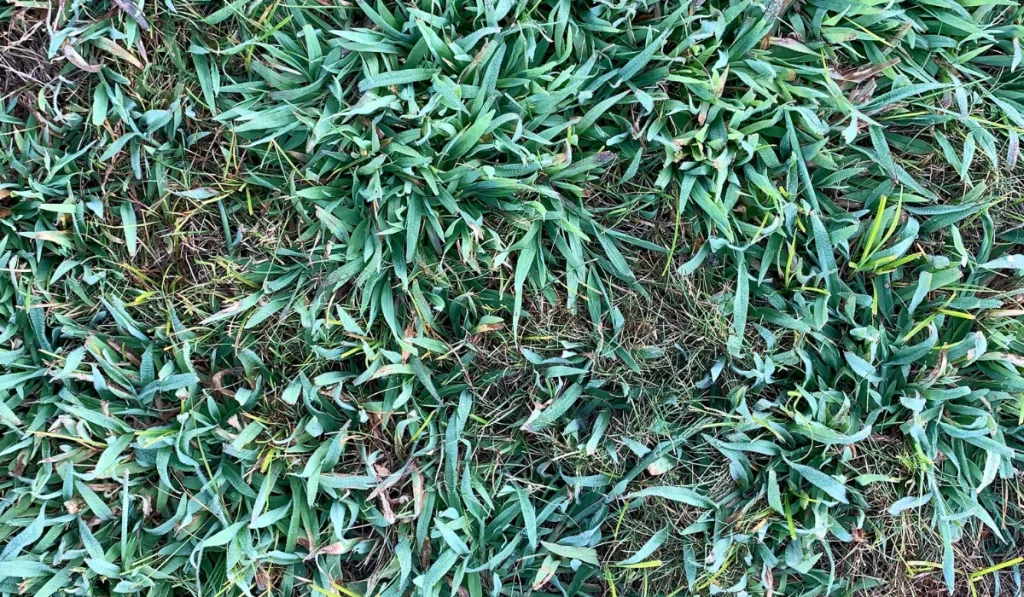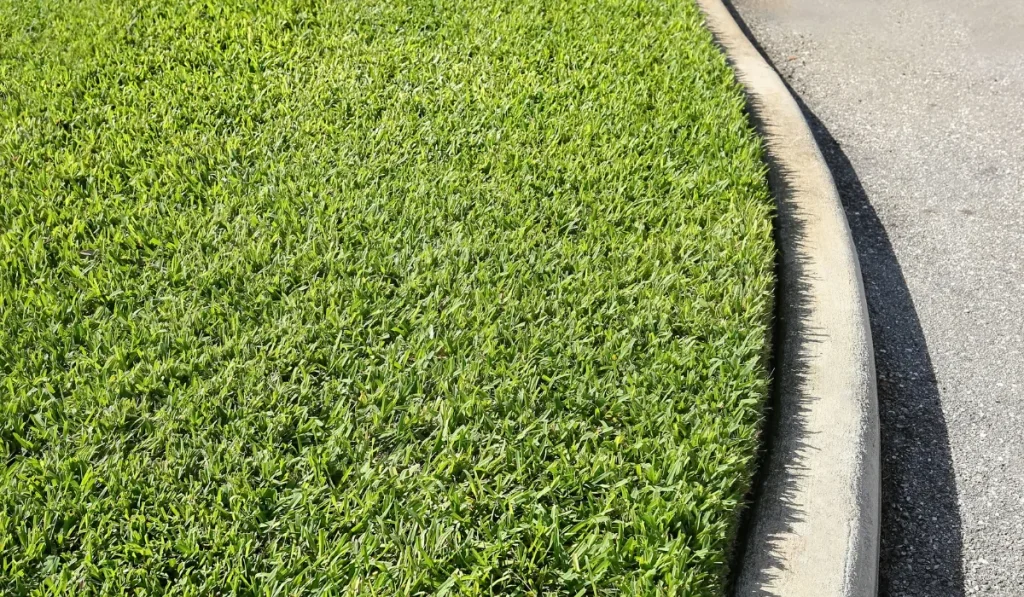Landscaping in Orange County involves more than crafting visually appealing driveways or gardens. It means complying with environmental regulations and local building codes and respecting property lines. These regulations balance aesthetic beauty, efficient landscape use, and environmental responsibility.
Whether you’re a single-family homeowner, a DIY enthusiast, or a business owner looking to improve your property, this guide offers invaluable insights.
Key Takeaways
- Local regulations, such as the ET adjustment factor, dictate water usage in landscaping and improve water efficiency.
- Activities like building your own irrigation system and causing excessive water runoff are prohibited to preserve the environment.
- Some areas, like historical sites and nature restoration projects, may be exempt from standard regulations.
- Sustainable landscaping involves sorting waste into organic, recyclable, and general categories.
Requirements
Landowners must follow municipal codes to avoid violations and penalties when formulating a landscape plan or making improvements. Ensure you comply with the following standards.
Landscape Water Management
Water management plays a crucial role in landscaping regulations. Achieving a harmonious blend of appealing front yards and responsible water usage is vital to preserving the local ecosystem and water supply:
- Careful water management is critical when installing or renovating landscapes, including areas near driveways or parking areas. Water use is regulated by a maximum limit known as MAWA, determined using the ET adjustment factor. This factor is typically 0.55 for most areas and 1.0 for specific locations.
- Adhering to the County’s watering standards is crucial for all landscaped spaces, including garages, parking lots, and adjacent properties, even those with easements. Rewards are possible for efficient water use, but non-compliance risks penalties. Opt for drought-tolerant plant species like succulents for wiser water utilization.
Landscape
When it comes to installing and maintaining landscaping, which can include trees, shrubs, vines, ground cover, turf, mulch, or any combination of plant material, there are a few standards to follow:
- Landscaping maintenance should be prioritized to ensure neatness and vitality. This includes regular pruning, lawn mowing, efficient weed control, timely litter removal, appropriate fertilization, strategic watering, and prompt plant replacements as needed.
- To delineate the landscaped area from nearby parking or vehicular spaces, a physical barrier, such as a wall or curb, standing at least six (6) inches tall is required. This distinction boosts the functionality and aesthetics of both spaces.
Prohibitions
Homeowners should be aware of certain prohibitions on water discharge and design features to maintain legal compliance. Avoiding these restrictions can ensure a smooth and compliant land use experience.
Landscape Water Management
Creating-space landscape designs that minimize water runoff and maintain water quality is paramount. Adhering to these fundamental principles demonstrates a commitment to environmental safety and preservation:
- Creating your own irrigation system is prohibited, regardless of your expertise level. In California, a licensed professional must prepare and certify these systems and landscape plans. The project can proceed only after securing the necessary building permits and submitting a landscape documentation package.
- Property owners should avoid irrigation methods that result in excessive runoff into the stormwater drainage system. Such methods can disrupt natural water flows and introduce pollutants into the water bodies, as the NPDES permit defines. Hence, it’s vital to follow responsible irrigation practices to uphold environmental health and prevent water pollution.
Landscape
Creating an open space that’s visually appealing is crucial for any landscape. Still, it should never come at the expense of environmental health. These restrictions ensure that aesthetics and sustainability remain in harmony:
- Landscaped areas visible from public rights-of-way should remain vibrant and healthy, free from any signs of decay, disease, or overgrowth.
- It is a requirement to maintain all property areas – including landscapes, buildings, and structures – free from pests and vermin. Deploying suitable pest control methods like traps or poisons will help prevent infestations and curb disease spread.
Exceptions
Although the rules mentioned above offer crucial guidance, it is worth noting that exceptions can arise. Let us delve into some scenarios where disregarding specific requirements may be warranted:
- Not all areas are subject to standard water usage regulations for landscaping. Exceptions include historically significant locations, initiatives for restoring waterless regions, land rehabilitation projects without a permanent watering system, and open botanical gardens.
- Clothes or food should not be left in the open to maintain landscape appeal. However, these items are permissible in the rear or side yards of residential zones or developments that are out of street view.
Fire Code
The landscaping requirements of Orange County strictly align with local fire code standards, placing utmost importance on safety. This fact is especially crucial in the face of hot and arid climates and the scarcity of water resources:
- For safety reasons, zones within 10 square feet of designated traffic routes, including highways and roads, should be cleared of flammable vegetation and other combustible growths. Nonetheless, individual trees and certain ground cover types, like succulents, may be permitted as exceptions.
- Only an approved incinerator should be utilized when disposing rubbish or combustible waste material. Avoid attempting this disposal method using a homemade fire.
Waste Reduction
For sustainable landscaping, prioritize waste reduction by promoting recycling and composting. Here are some guidelines to effectively integrate these practices into your landscaping projects.
- Ensure you sort your waste properly: put organic materials, including food waste, in the green container; recyclables go in the blue container; and general waste goes in the gray container. Remember not to mix materials intended for the gray container with those for the green or blue ones.
- For business owners, make it a yearly ritual to educate all stakeholders – employees, contractors, tenants, and customers – on the rules for organic waste recovery. Highlight the importance of proper segregation between organic waste (intended for the green container) and recyclable materials (meant for the blue container).
In the city of Orange County, there are many rules and restrictions to follow. Each serves an essential purpose, so it’s crucial to understand all the codes completely. To make things easier, getting advice from a lawn care professional who knows their way around and can help you comply without any hassle is a good idea.



